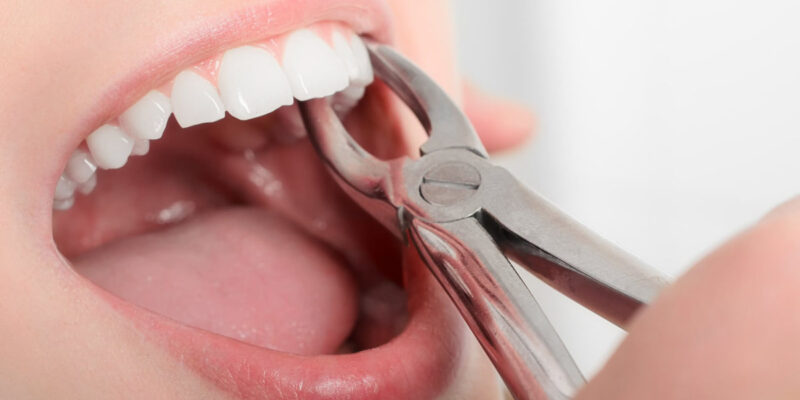Getting your teeth pulled may not sound like much fun. The good news is that dentists do millions of extractions every year, most of which are simple, painless, and ultimately the best choice for maintaining long-term dental health. Contacting a dentist in Drexel Hill, PA, is necessary if you face difficulties with your teeth.
Therefore, if your dentist has begun using the phrase “extraction,” do not become alarmed. Instead, review the information below and then find comfort in the knowledge that your dentist has likely performed this procedure hundreds of times previously.
In other cases, extraction is the only choice.
A dentist will place a high priority on preserving your natural teeth wherever feasible. However, sometimes the best action for your dental health is to have a tooth extracted.
A tooth may need to be extracted if it has extensive periodontal disease, severe decay, deformities, impaction, or other damage that makes it unsalvageable.
Before the procedure, be prepared for certain standard protocols.
You should most likely anticipate the following before getting a tooth extracted:
- Your dentist will question your medical background.
- Your dentist will take an X-ray. When it is time to extract the tooth, this helps them plan their strategy.
- You should arrange for a friend or relative to pick you up after the treatment and drive you home.
For the procedure, you will be sedated
The fundamental method is relatively similar whether you are having a straightforward extraction or a more intrusive surgery:
- The dentist will first provide anesthesia. Your dentist will likely use a needle to inject a local anesthetic during a routine extraction.
- The dentist will use the procedure you mentioned before to remove the tooth. To fully extract the tooth, it may be necessary to loosen it and remove it with forceps or to remove a portion of the bone and/or gum tissue surrounding it.
- Your dentist will clean the empty tooth socket after the tooth is removed. Sometimes they might sew a few stitches.
It is crucial to adhere to after-care guidelines.
You may hasten your body’s healing process and lessen your chance of experiencing unpleasant conditions like dry sockets by following the after-care instructions provided by your dentist. You should anticipate that healing will take a week to several weeks.
You could decide to get the removed tooth replaced.
Your dentist could suggest one of the numerous replacement options based on which tooth was removed. Oral prostheses or a durable dental implant are frequent choices. The ideal choice for you can be determined by speaking with your dentist.

Comments